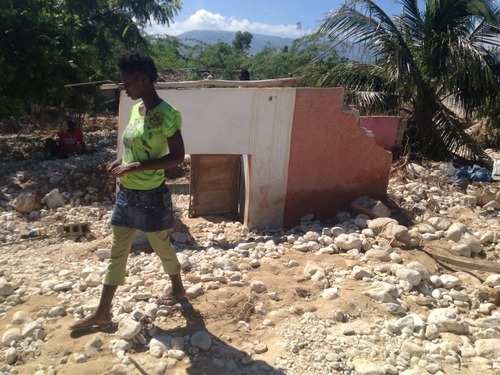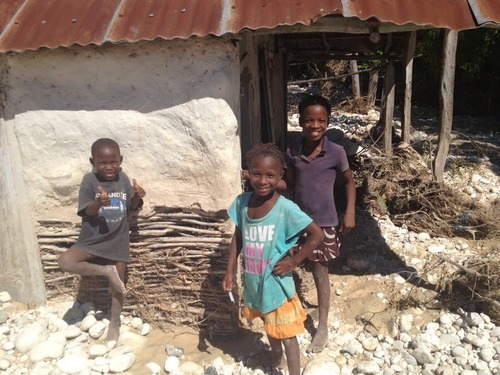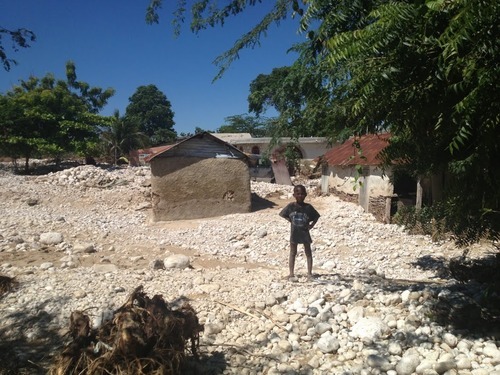By Bradley Mellicker
Just before the arrival of Hurricane Sandy last year, the impoverished residents of the small agricultural village of Babako— as well as countless others around Haiti— prepared the best they could for the unpredictable effects of the coming storm.
But here’s the thing: While New York hogged the media attention from Sandy, for it had already left a path of death and destruction in Jamaica, Cuba, the Dominican Republic and Haiti as it meandered its way through the Caribbean. The wrath of Sandy was felt mostly in vulnerable Haiti as well as numerous tiny Caribbean communities you have probably never heard of.
The residents of Babako, a tiny village of around 1,200 people know well the potential for devastation should they feel even moderate effects from a tropical cyclone. With near 99% deforestation in the country, extremely limited economic opportunity, inadequate infrastructure, continuing displacement from the 2010 earthquake and other factors, tropical storms can cause very severe consequences indeed.

As a result of the three days of rain brought by Sandy (totaling an estimated 500 mm in some areas of the country), a river a few hundred meters from Babako spontaneously formed a second branch, with the new section of the river passing directly through the village. Luckily, most residents had evacuated the village before the worst struck, but over half of all structures in the village were heavily damaged or destroyed, and the entire village was rendered uninhabitable.
As a result of this damage, IOM is supporting local and national authorities in reconstruction assistance for the affected population, as well as to help extremely vulnerable populations and civil society to mitigate the effects of future storms. Indeed, absent substantial and immediate assistance (whether from Government, NGOs, the international community or any other sources) in terms of disaster risk reduction and mitigation, as well resilience-building for the population, it is highly likely that events like Sandy will reap disastrous consequences on Haiti in the future. This fact is further exacerbated by the increasing frequency and strength of adverse weather events as a result of climate change.

IOM’s DRR programme includes activities designed to reduce the physical risk faced by vulnerable population such as Babako. This takes place primarily through reforestation, soil conservation and drainage works designed to reduce flooding. Over the past years, IOM has built, rehabilitated, treated or otherwise improved hundreds of kilometers of watercourses in the country.
Given the level of deforestation present in the country, however, populations must be able to seek safe shelter in case of emergency. For this reason, IOM is supporting the Haitian National Disaster Management System to expand and improve its system for short-term evacuations. IOM has constructed or rehabilitated nearly 30 evacuation shelters, assisted the Government in developing its first-ever guidelines on short-term evacuations, and provided logistical and other support for the country’s first ever preventive evacuations for Tropical Storm Isaac in August 2012 (and again forSandy in October 2012).

Finally, IOM engages directly with Haitian civil protection, Haitian Red Cross, civil society and other local actors to improve the preparation and response capacities of vulnerable communities. This includes the training of thousands in basic first aid, community mitigation, basic early warning systems and related subjects.
All of these activities aim to minimize the impact of future natural disasters on communities such as Babako and countless others just like them in Haiti.
Part 1 of a 2 part series
----------------
Bradley Mellicker is Disaster Risk Reduction Specialist for IOM based in Babako, Haiti